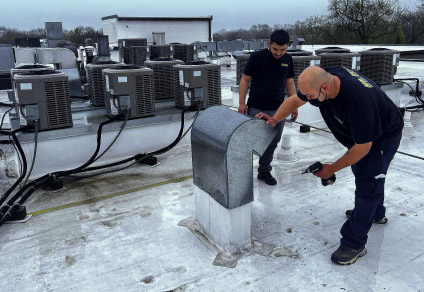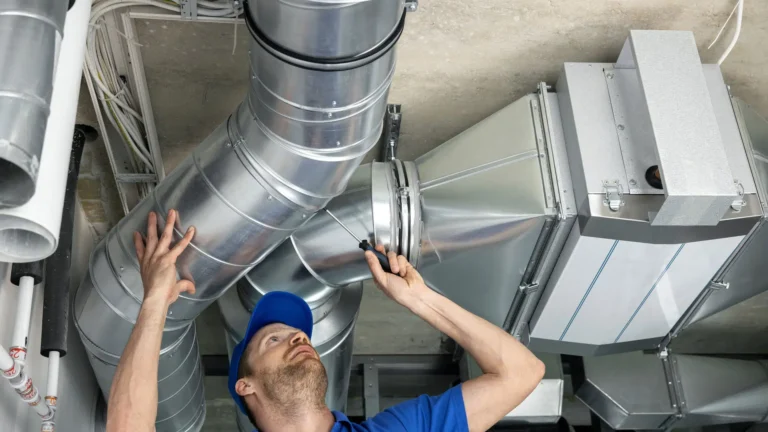Commercial HVAC Compliance: Regulations, Standards, and Documentation
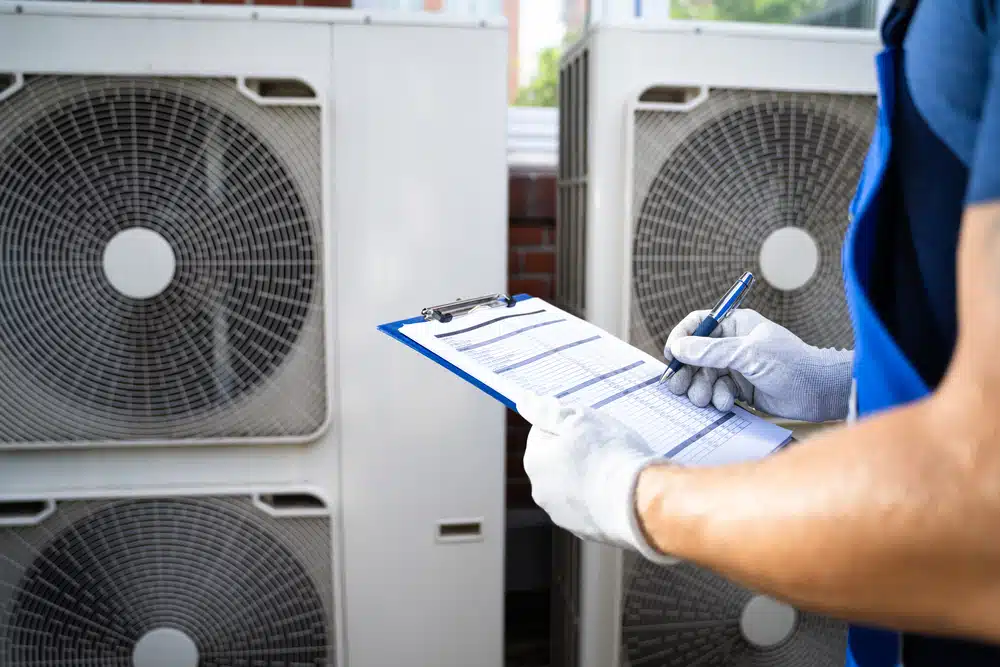
Ever feel like managing your commercial property’s HVAC system is a complex puzzle with missing pieces? You’re not alone. Business owners and property managers often grapple with a confusing maze of regulations, from ensuring healthy indoor air quality for your employees and tenants to meeting stringent OSHA standards and local building codes. The sheer volume of rules, coupled with the critical need to avoid costly penalties and maintain a safe environment, can be genuinely overwhelming, leaving you wondering if you’re truly compliant or just hoping for the best.
That’s where we come in. We understand these challenges, and we’ve dedicated ourselves to simplifying commercial HVAC compliance, especially when it comes to crucial services like air duct cleaning. We’re here to guide you through the intricate landscape of regulations, help you understand the essential standards, and ensure you have all the necessary documentation to protect your business and everyone within its walls. Think of this article as your comprehensive roadmap to peace of mind, empowering you to navigate compliance confidently.
Why Commercial HVAC Compliance Matters More Than Ever
Ignoring commercial HVAC compliance isn’t just about risking fines; it’s about protecting your bottom line, your reputation, and most importantly, the health and safety of everyone who enters your commercial space. Imagine the impact of a failed environmental health inspection or a tenant complaint about poor air quality leading to productivity losses. Compliance is your shield against these potential disasters.
Let’s be honest—the regulatory landscape for commercial buildings has become increasingly complex over the past few years. OSHA regulations are getting stricter, insurance companies are demanding more documentation, and environmental health inspections are more thorough than ever before. What used to be a simple “change the filters and call it good” approach no longer cuts it in today’s compliance environment.
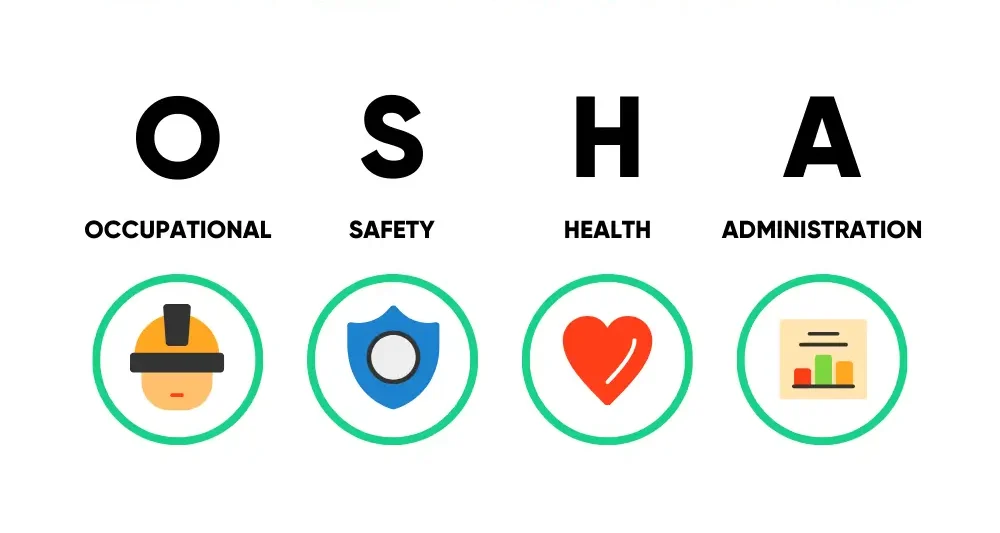
The financial stakes are higher too. We’ve seen businesses face fines ranging from $7,000 to $70,000 for OSHA violations related to poor indoor air quality. Insurance claims get denied when proper maintenance records aren’t available, leaving property owners to cover massive repair costs out of pocket. Even worse, building code violations can result in occupancy restrictions that bring your revenue to a grinding halt.
The Foundation: Your Compliance Obligations
Federal Regulations: OSHA and EPA Standards
The Occupational Safety and Health Administration (OSHA) sets the baseline for workplace air quality, and their standards apply to virtually every commercial space with employees. OSHA’s General Duty Clause requires employers to provide a workplace “free from recognized hazards,” which absolutely includes maintaining clean, properly functioning HVAC systems. Recent enforcement actions have focused heavily on indoor air quality, making air duct cleaning and maintenance a critical compliance component.
EPA regulations add another layer of complexity, particularly around asbestos, lead, and mold in older buildings. The Clean Air Act also establishes standards for commercial buildings, especially those in certain industries. Understanding these federal requirements is crucial because they form the foundation that state and local regulations build upon.

State and Local Building Codes
Every state has its own building codes that affect HVAC compliance, and many cities add additional requirements on top of state standards. California’s Title 24, for example, has specific ventilation requirements that go beyond federal standards. New York City’s Local Law 97 creates carbon emission limits that directly impact HVAC operations and maintenance schedules.
Fire codes also play a significant role in HVAC compliance, particularly regarding commercial duct cleaning and maintenance access. We’ve seen properties fail inspections because ductwork wasn’t properly cleaned or because maintenance records didn’t meet local documentation requirements.
Industry-Specific Requirements
Different industries face unique compliance challenges that standard building codes don’t address. Restaurants must comply with NFPA 96 for kitchen exhaust systems, which requires much more frequent cleaning and specific documentation. Healthcare facilities face Joint Commission standards and CDC guidelines that demand rigorous air quality controls and detailed maintenance records.
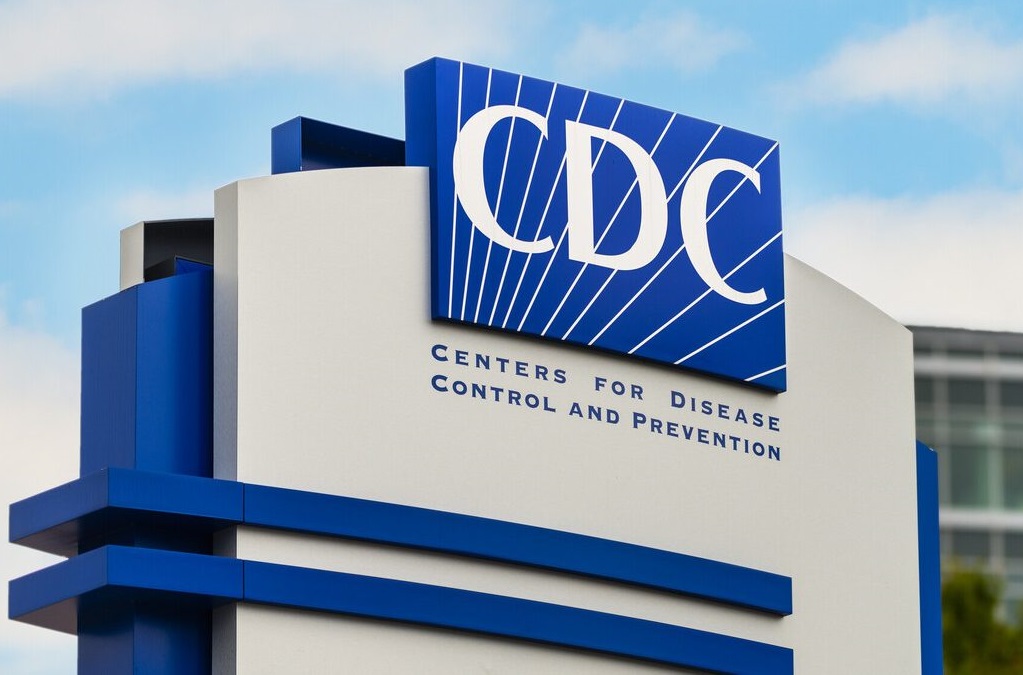
Manufacturing facilities often fall under OSHA’s Process Safety Management standards, which require comprehensive documentation of all safety-related systems, including HVAC. Schools must comply with EPA’s Indoor Air Quality Tools for Schools guidelines and often face additional state-specific requirements for student health and safety.
Essential Documentation: Your Compliance Safety Net
Maintenance Records and Schedules
Proper documentation starts with comprehensive maintenance records that go far beyond simple service receipts. Every HVAC maintenance activity should be documented with specific details about what was done, when it was completed, who performed the work, and what conditions were found. We recommend maintaining records for at least seven years, though some regulations require longer retention periods.
Preventive maintenance schedules should be documented and followed religiously. Insurance companies and regulatory agencies want to see that you’re proactively maintaining your systems, not just reacting to problems. Include details about filter changes, duct cleaning, system inspections, and any air quality testing performed.
Inspection Reports and Certifications
Third-party inspection reports carry significant weight with both insurance companies and regulatory agencies. These reports should include detailed findings, photographs, and specific recommendations for any needed improvements. Make sure your inspection reports clearly document compliance with relevant standards and identify any potential issues before they become violations.
Certification documentation from HVAC contractors and air duct cleaning specialists should be maintained in your compliance files. Verify that contractors hold appropriate licenses and certifications, and keep copies of their credentials on file. This documentation can be crucial if compliance issues arise and you need to demonstrate that work was performed by qualified professionals.
Air Quality Testing and Monitoring
Indoor air quality testing is becoming increasingly important for compliance documentation. Regular air quality monitoring helps identify potential problems before they become health hazards or compliance violations. Document all air quality tests with detailed reports that include testing methodologies, results, and any corrective actions taken.
Continuous monitoring systems are becoming more common in commercial buildings, especially in healthcare and industrial settings. These systems provide real-time data about air quality conditions and can help demonstrate ongoing compliance with indoor air quality standards.
Navigating Insurance Requirements
Understanding Policy Requirements
Commercial insurance policies increasingly include specific requirements for HVAC maintenance and air duct cleaning. Many policies now require annual or bi-annual professional cleaning of ductwork to maintain coverage. Some insurers also require air quality testing after significant duct cleaning or HVAC repairs.
Liability coverage can be affected by your HVAC maintenance practices. Poor indoor air quality that leads to tenant health issues can result in significant liability claims. Proper HVAC compliance and documentation can help protect against these claims and ensure your insurance coverage remains valid.
Documentation for Claims
When insurance claims arise, proper documentation becomes absolutely critical. Insurance adjusters want to see detailed records of maintenance activities, inspection reports, and compliance efforts. Claims can be denied or reduced if documentation doesn’t demonstrate proper HVAC maintenance and air quality management.
Professional cleaning and maintenance records can actually help expedite insurance claims by demonstrating that the property was properly maintained. This documentation can be especially valuable in cases involving water damage, mold issues, or indoor air quality problems.
Preparing for Inspections
What Inspectors Look For
HVAC inspectors focus on several key areas during compliance inspections. Ductwork condition is always a primary concern, including evidence of proper cleaning and maintenance. Air quality measurements are increasingly common, with inspectors using specialized equipment to test for contaminants and airflow issues.
Documentation review is a critical part of most inspections. Inspectors want to see evidence of regular maintenance, professional cleaning, and air quality monitoring. Missing or incomplete documentation can result in violations even when the HVAC system is functioning properly.
Common Violations and How to Avoid Them
Inadequate maintenance records are among the most common compliance violations we see. Many property owners keep basic service records but fail to document the specific details that inspectors and insurance companies require. Maintenance logs should include detailed information about work performed, conditions found, and corrective actions taken.
Poor ductwork condition is another frequent violation. Dirty ducts, damaged insulation, and inadequate cleaning can result in significant fines and occupancy restrictions. Regular professional duct cleaning and maintenance can prevent these issues and demonstrate your commitment to compliance.
Building a Proactive Compliance Strategy
Developing Your Compliance Calendar
Successful compliance requires a proactive approach with scheduled activities throughout the year. Create a compliance calendar that includes all required maintenance activities, inspection schedules, and documentation deadlines. This calendar should coordinate HVAC maintenance, duct cleaning, air quality testing, and regulatory reporting requirements.
Seasonal considerations should be built into your compliance calendar. HVAC systems face different challenges in different seasons, and maintenance schedules should reflect these variations. Spring maintenance might focus on duct cleaning and system tune-ups, while fall maintenance could emphasize filter changes and heating system preparation.
Working with Qualified Professionals
Compliance success depends heavily on working with qualified HVAC contractors and air duct cleaning specialists. Verify that contractors hold appropriate licenses and certifications, and maintain copies of their credentials in your compliance files. Professional associations like NADCA (National Air Duct Cleaners Association) provide valuable resources for finding qualified contractors.
Documentation requirements should be clearly communicated to all contractors working on your HVAC systems. Contractors should provide detailed service reports, before and after photos, and certification documentation for all work performed. This documentation becomes part of your compliance record and can be crucial during inspections or insurance claims.
The Bottom Line: Compliance as a Competitive Advantage
Commercial HVAC compliance doesn’t have to be a burden—it can be a competitive advantage that sets your property apart. Proper compliance demonstrates your commitment to tenant health and safety, can reduce insurance premiums, and helps avoid costly violations and occupancy restrictions.
Proactive compliance also enhances your property’s marketability. Tenants increasingly prioritize indoor air quality and building health, and proper HVAC compliance can be a significant selling point. Documentation of your compliance efforts can also expedite leasing processes and tenant approvals.
The key is treating compliance as an ongoing process rather than a one-time event. Regular maintenance, professional cleaning, proper documentation, and proactive monitoring create a comprehensive compliance strategy that protects your investment and enhances your property’s value. We’re here to help you navigate this complex landscape and turn compliance from a challenge into an advantage.

